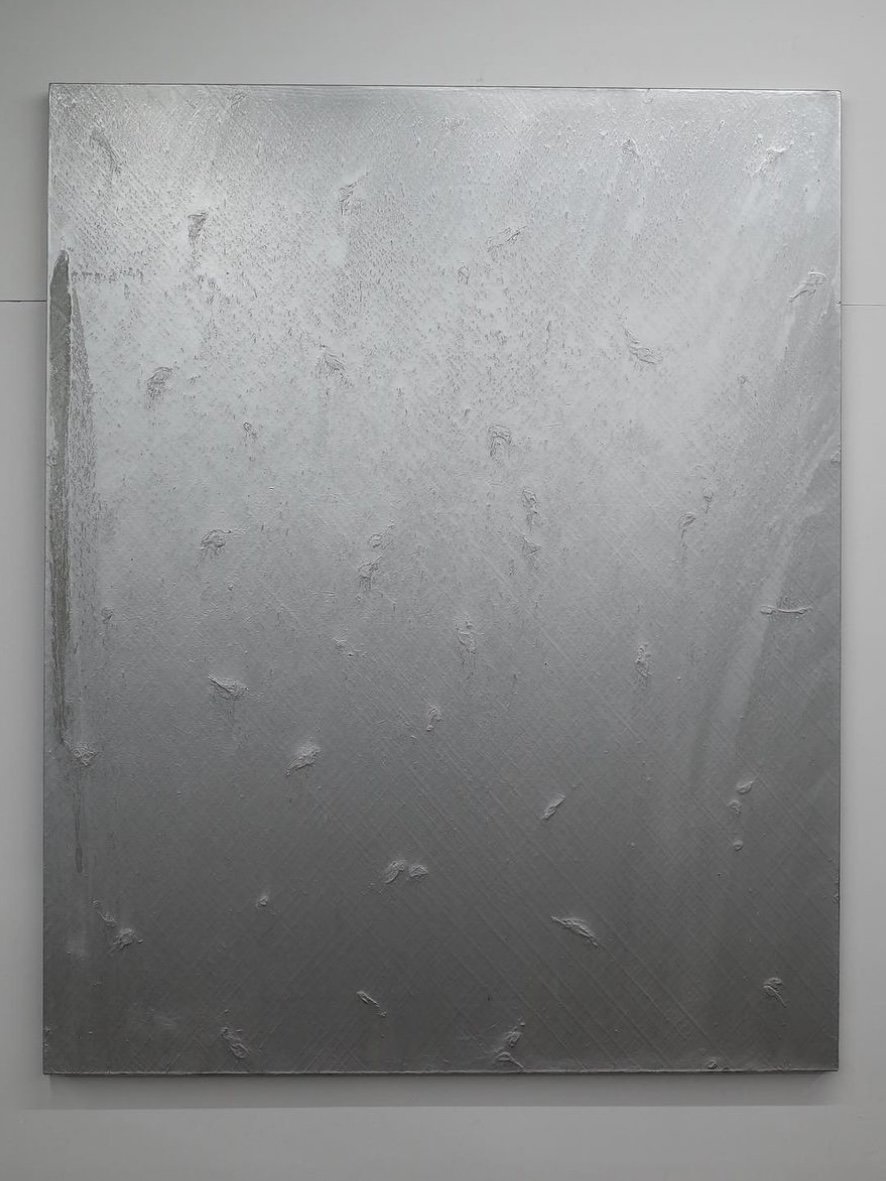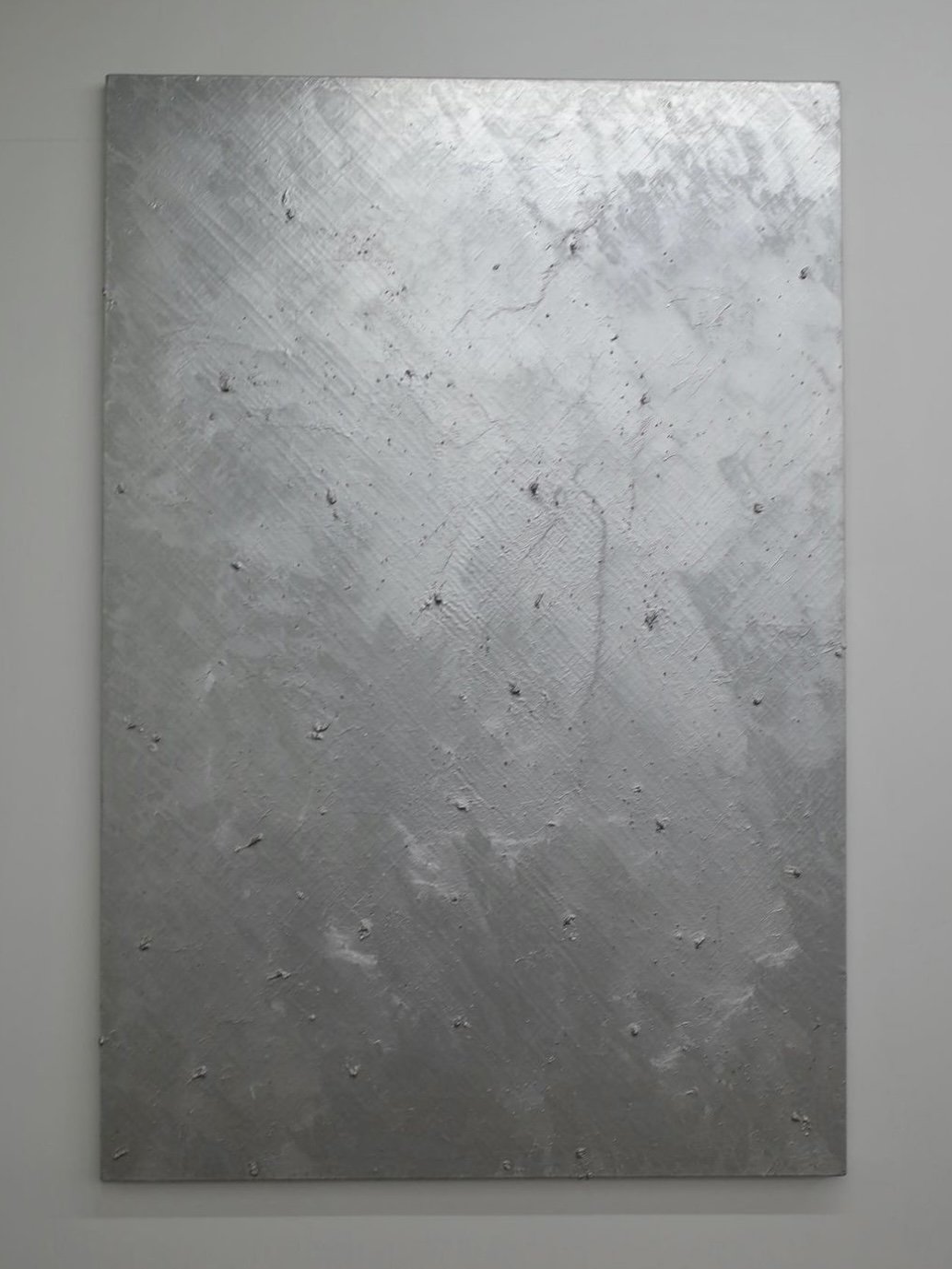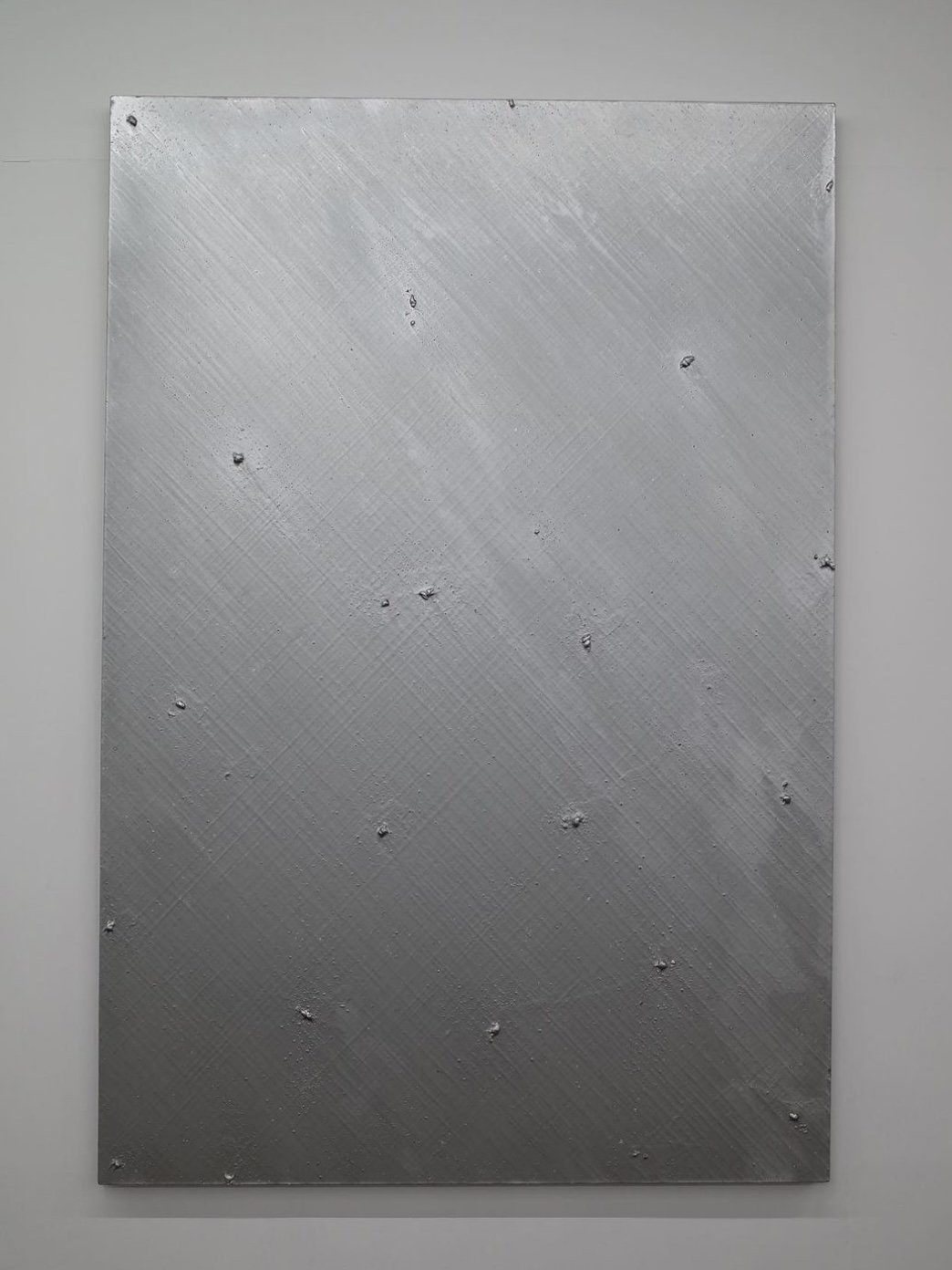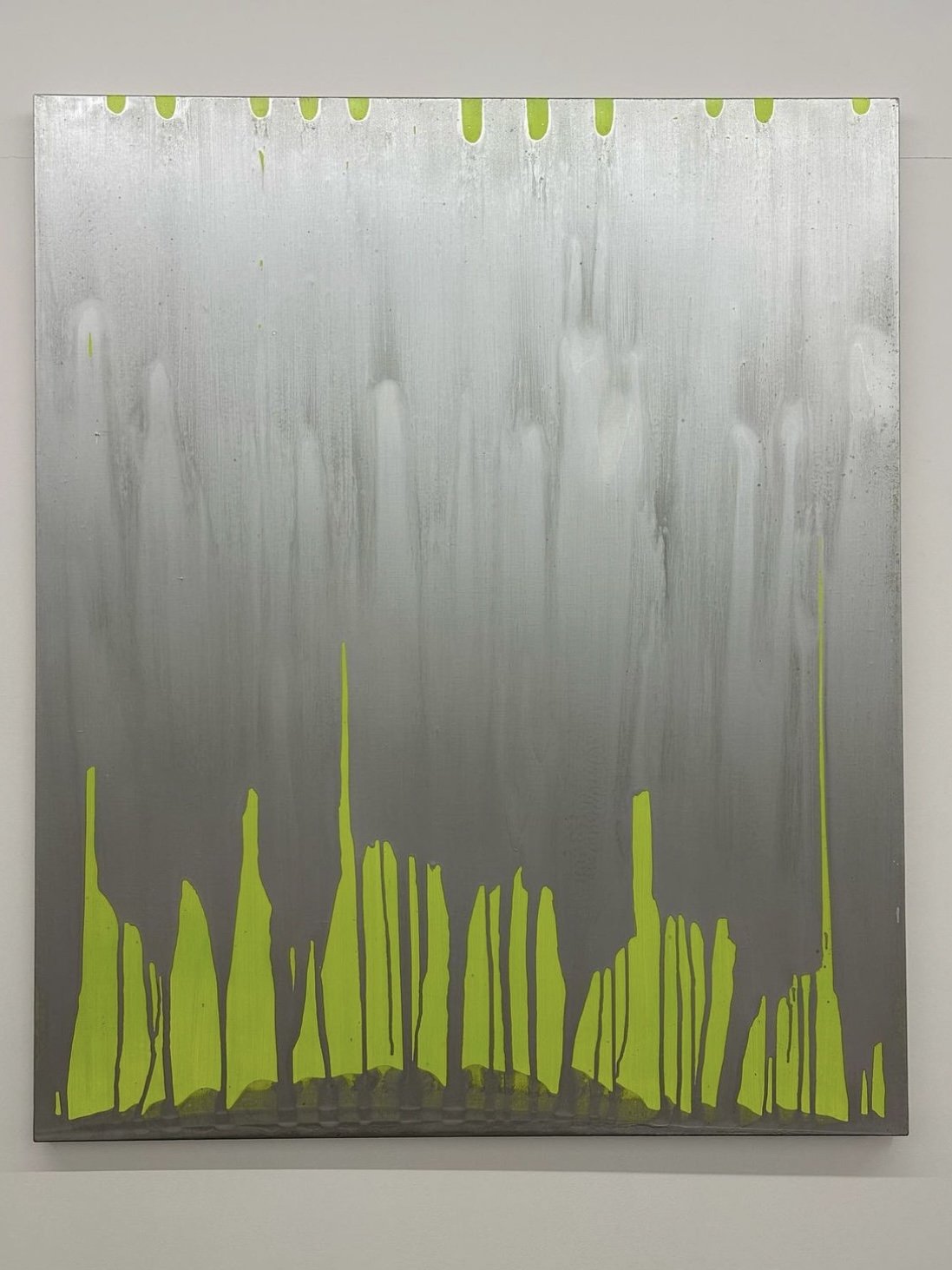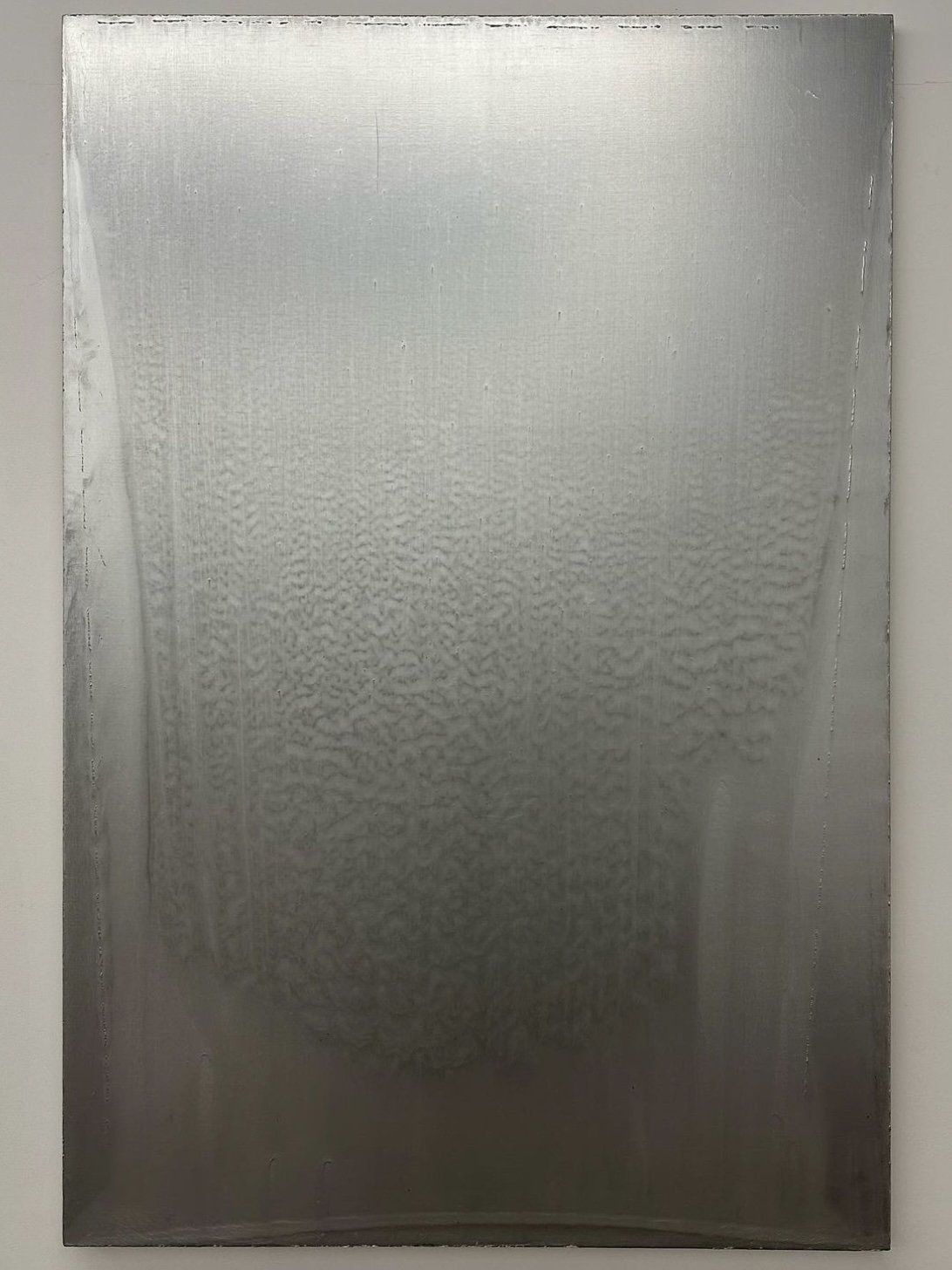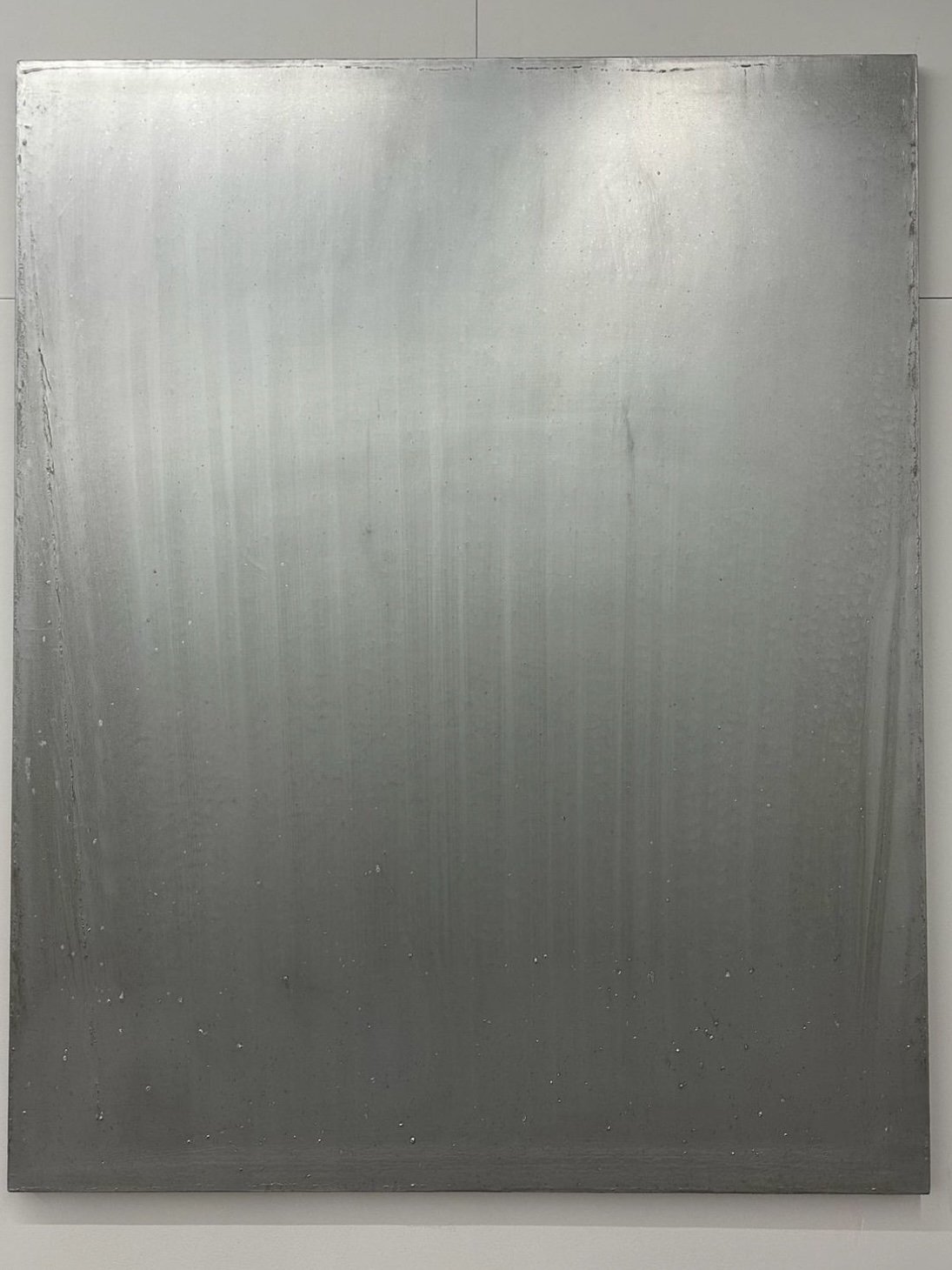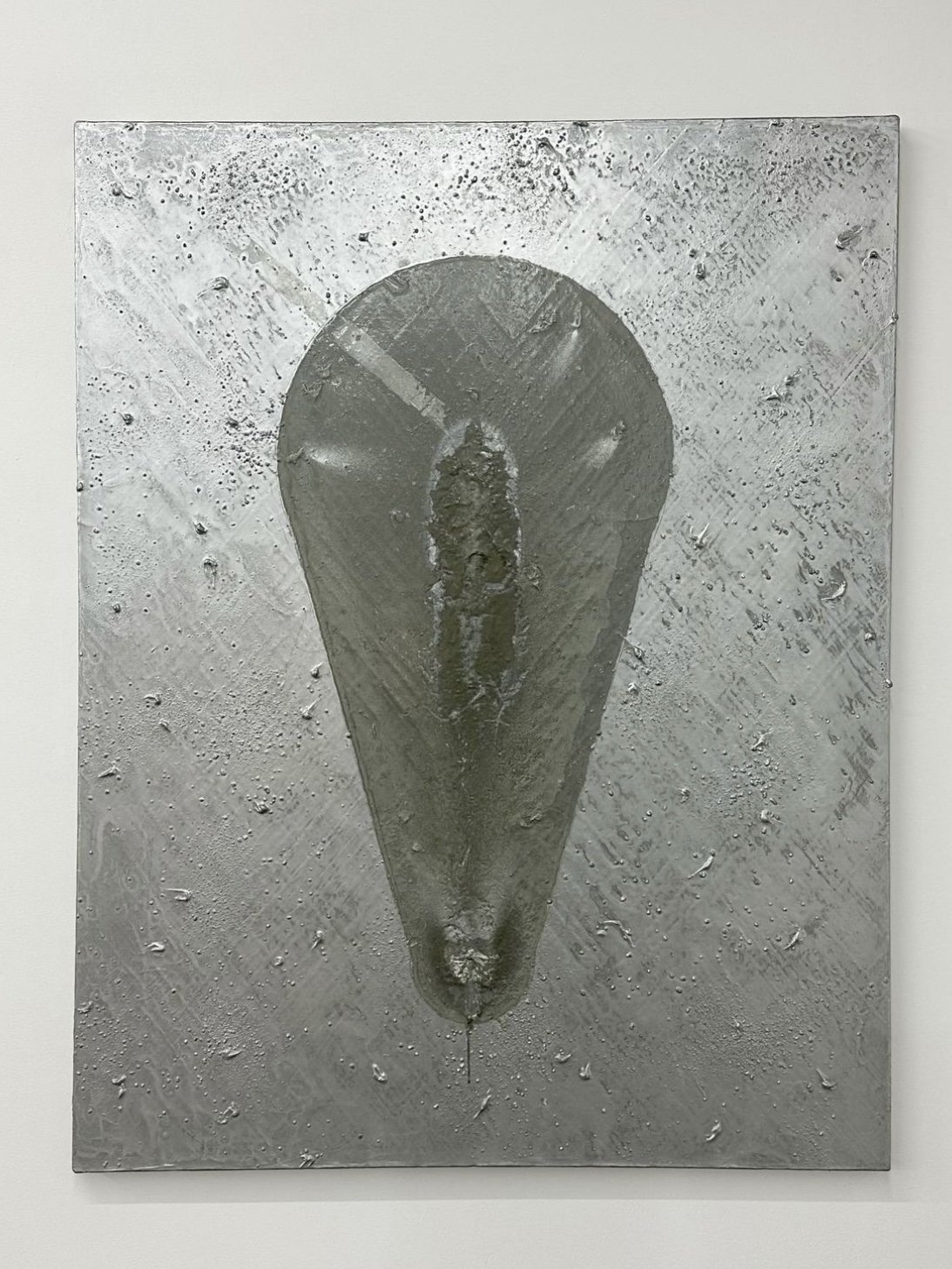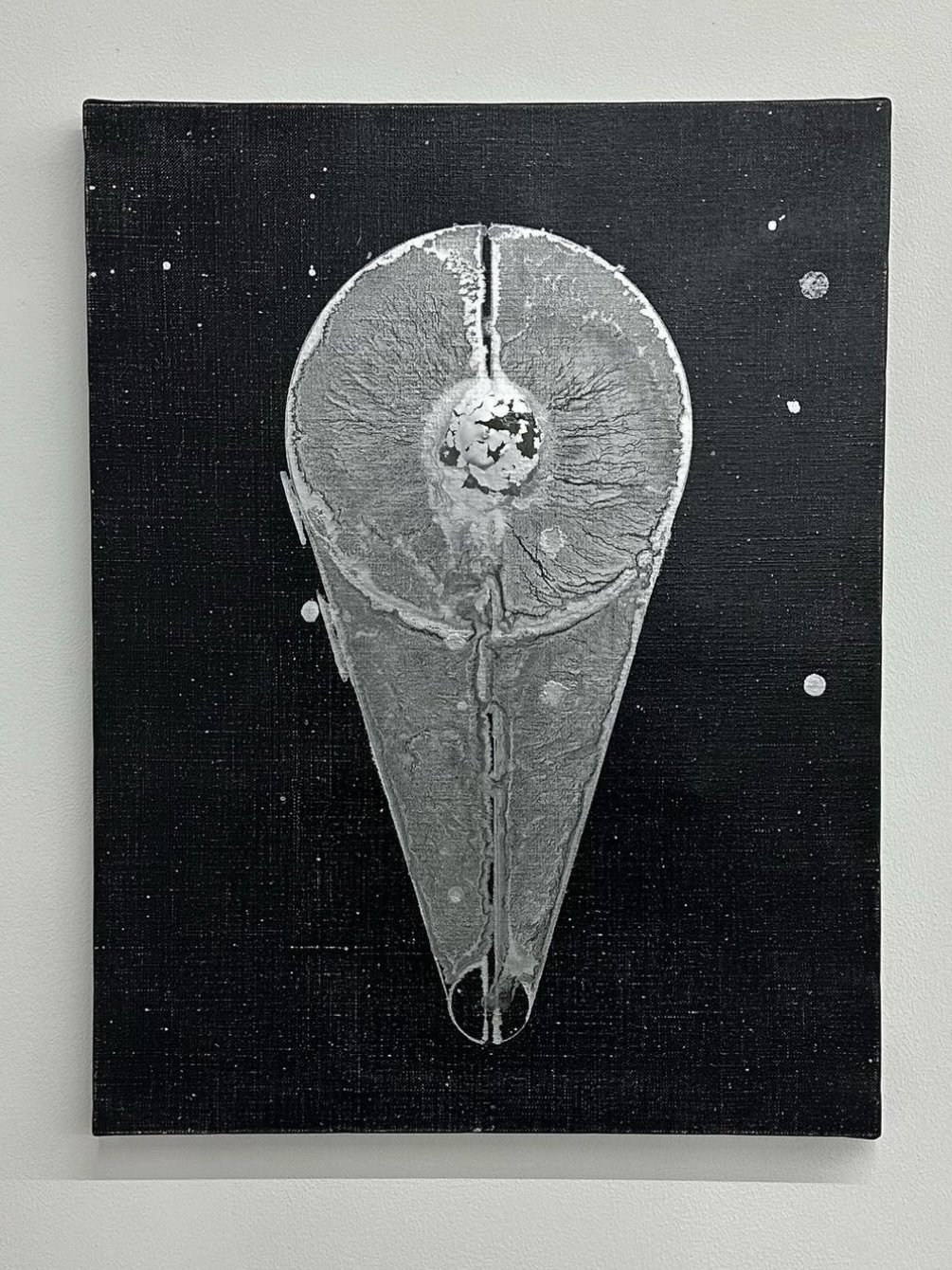YASUHIDE MORIYAMA
Solo Exhibition
2023.03.11 Fri - 05.11 Sun 11:00—19:00 @ OVERGROUND
会期:2023.04.07(Fri)-05.28(Sun)
(火、水曜休廊)
時間:13:00-19:00
場所:OVERGROUND Gallery1
入場料:無料
Dates: 2023.04.07(Fri)-05.28(Sun)
(Closed on Tuesdays and Wednesdays)
Opening hours: 13:00-19:00
Place: OVERGROUND Gallery1
Admission: free
森山安英
森山安英は1936年八幡市(現・北九州市八幡東区)生まれ。現在も北九州市戸畑在住のアーティスト。1955年に佐賀大学特設美術科に入学したが、間もなく除籍となる。1960年代初頭から作品制作を始めると同時に、街頭で検便用のマッチ箱に汚物を入れ、街頭で配る等、過激なパフォーマンスを行った。この時期、先行する前衛美術グループ「九州派」の強い影響を受けながら、1968年に地元作家たちとともに「集団蜘蛛」を結成し、まもなく3人のメンバーに少数精鋭化されると、既存の美術団体や権威、さらに同時代の前衛運動も標的に、あらゆる芸術表現を否定する過激な ハプニングを繰り返した。
1970年、福岡県立伝習館高校の教師処分に反対する運動に参加し、公然猥褻物図画陳列罪で逮捕され、裁判闘争は1973年まで続いた。その後、15年の長い沈黙を経て、1987年から銀一色の絵画作品の制作を開始し、現在に至るまで大量の絵画作品を残してきた。初期作品は、全面銀色のオールオーバーな抽象絵画で、絵の具を流し込む技法が特徴であり、その後2000年以降は、豊富な色彩やかたちの具象的絵画を主に制作している。
YASUHIDE MORIYAMA
Yasuhide Moriyama was born in Yawata City (now Yahatahigashi Ward, Kitakyushu City) in 1936. He entered the Special Art Department of Saga University in 1955, but was soon expelled. During this period, under the strong influence of the preceding avant-garde art group "Kyushu-ha," he formed "Shu-dan Kumo" with local artists in 1968. They repeatedly engaged in radical happenings that negated all forms of artistic expression.
In 1970, he participated in a movement against the punishment of teachers at Fukuoka Prefectural Denshukan High School, and was arrested for displaying obscene material and pictures, and his court battle continued until 1973. After a long silence of 15 years, he began producing paintings in all silver in 1987, and has left behind a large body of paintings to the present day. His early works were all-over abstract paintings in silver, characterized by the technique of pouring paint, and since 2000, he has mainly produced figurative paintings in rich colors and shapes.
<アルミナ頌>
絵画制作再開後始めてのシリーズであり、その多くは砂やモデリングペーストによって盛り上がりを作り、その上は銀絵の具で覆われている。他のシリーズと比べて凹凸の際立っている画面上は、より物質感が強調され、「オブジェとしての絵画」を意識していたという森山の意図が伺える。
最初期に基調となっていた粒状のざらつきは、1989年頃から、絵の具がゆったりと流れる絵の具が凸部分に留まり、よりシワ模様が際立って目立つようになった。
キャンバスに一筋ずつ絵の具を流すことによって生み出される繊細なマチエールが突起やシワの荒々しさと好対照をなしている。
——— This is the first series of paintings after the resumption of production, and many of them were created with sand or modeling paste and covered with silver paint. Compared to the other series, the uneven surfaces of the paintings emphasize the sense of materiality, and it is clear that Moriyama intended to create "paintings as objects" in this series. The grainy roughness that was the keynote in the first period became more prominent around 1989, when the paint, flowing slowly, stayed on the convex areas, making the wrinkled pattern more prominent and noticeable. The delicate matiere created by pouring paint onto the canvas, one line at a time, contrasts favorably with the roughness of the protrusions and wrinkles.
<光ノ表面トシテノ銀色>
銀色の作風を印象付けたこのシリーズは森山の代名詞ともいわれる。<アルミナ頌>と同様の銀絵の具を流す手法だったが、蜜蝋を混ぜることにより反射具合のヴァリエーションが広がった。画面はよりフラットになり、タイトルが指すようにキャンバスの表面においての光の反射に焦点が当てられている。銀色が真っ白に見えたり、反転して黒に見えたりと、鑑賞者と作品との置関係によって起こる視覚現象自体が作品に昇華されているともいえるだろう。
さらに1993年頃になると、下地に蛍光色を塗った上から銀絵の具を流すことによって塗り残し部分が出現し、色やかたちが現れた。銀色と蛍光色を隣接させることにより、ハレーション効果を恣意的に起こしている。
———This series, which gave the impression of a silvery style, is said to be synonymous with Moriyama. The same silver paint was poured as in "Ode Alumina", but by mixing it with beeswax, the variation of reflections was widened. The picture is flatter and, as the title suggests, the focus is on the reflection of light on the surface of the canvas. The visual phenomenon itself, which is caused by the relationship between the viewer and the work, is sublimated into the work, as the silver appears pure white or reversed to black.
Around 1993, the artist applied fluorescent paint to the base and then poured silver paint on top, which left areas of paint, colours and shapes. By placing the silver and fluorescent colours next to each other, a halation effect is arbitrarily created.
<非在のオブジェ>
このシリーズは画面を押し込み、絵の具を流す手法の到達点であり、事前に想定されたイメージを絵画化する森山の意図がはっきりしている。これまでの自然に絵の具が流れてできる偶発性とは異なり、輪郭を縁取ったり、超苦戦を用いたりする「描画する」能動的な行為が目立っている。「オブジェ」として捉えられたフォルムが探求され、現れた形態には、大小2つの丸を繋いだような「電球型」、下部がより細くくびれた「しずく型」、それらを2つに割った「ハサミ型」とも表現し得る3つのヴァリエーションがある。もっとも作品数が多く、数年のブランクをはさみながらも再度制作が続けられた。
——— This series is the culmination of the technique of pushing the screen and letting the paint flow, and clearly shows Moriyama's intention to create paintings from pre-assumed images. Unlike the accidental nature of the spontaneous flow of paint in the past, the active act of "drawing" is conspicuous, such as outlining the edges and using super-struggles. The forms that have emerged as a result of his exploration of forms that are considered as "objects" include three variations: the "bulb shape," which looks like two circles of various sizes joined together; the "droplet shape," which is thinner and narrower at the bottom; and the "scissors shape," which can be described as a pair of scissors split in two. The most numerous of his works, he continued to work on them again after a blank period of several years.
OVERGROUND / Exhibition
森山安英 “YASUHIDE MORIYAMA”
会期:2023.4.7(fri)-5.28(sun)
(火、水曜休廊)
時間:13:00-19:00
場所:OVERGROUND(Gallery1,Gallery2,East Studio)
入場料:無料
〒812-0017 福岡市博多区美野島1-17-5 2F 寿ビル
2F/1-17-5 Minoshima,Hakata-ku,Fukuoka 812-0017
092-984-0896


